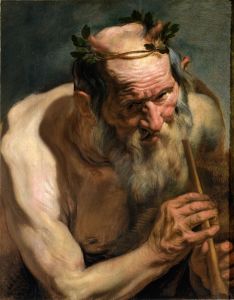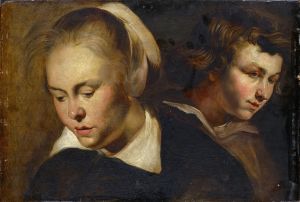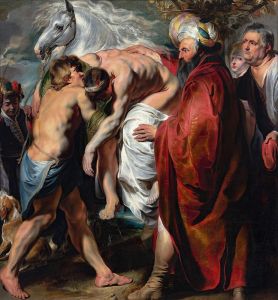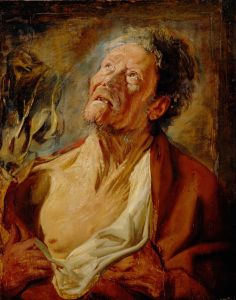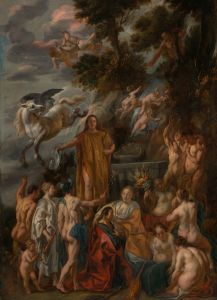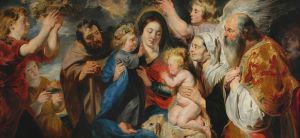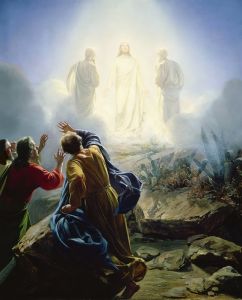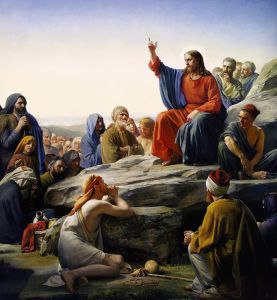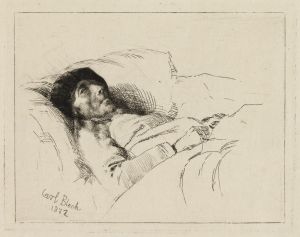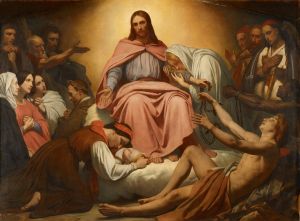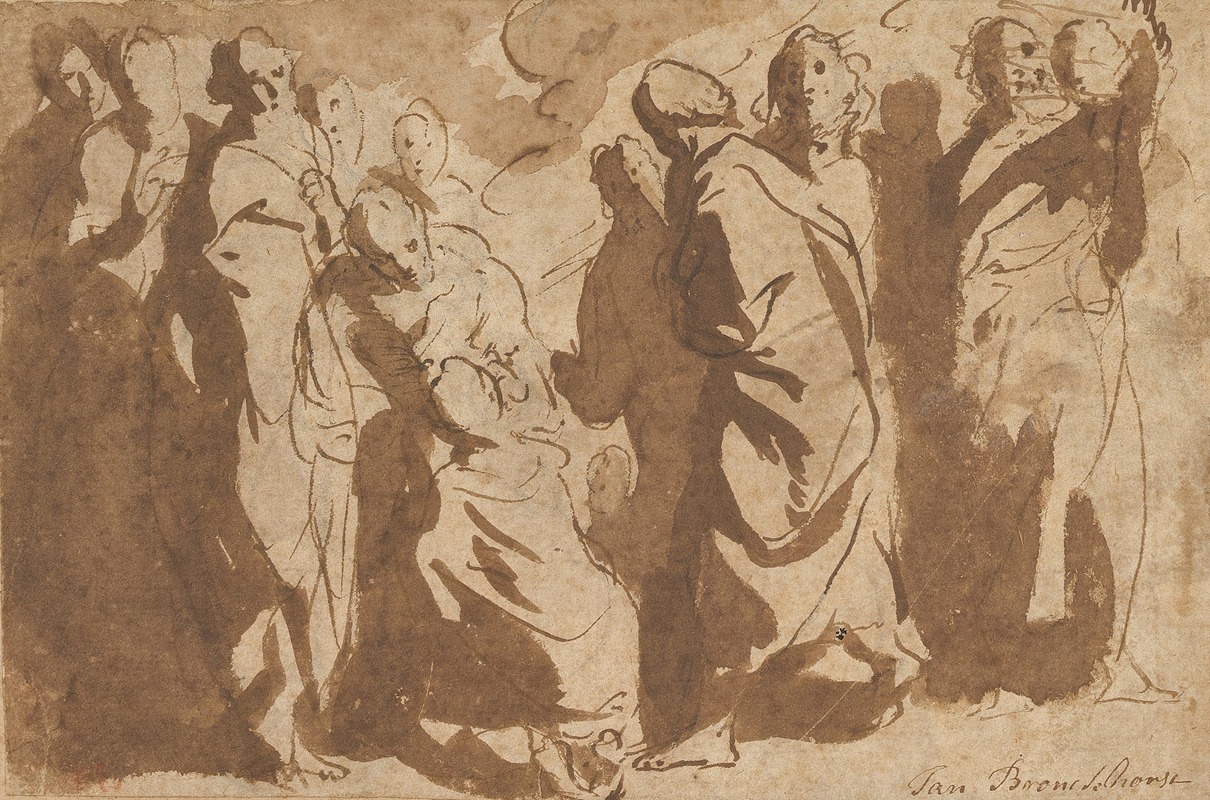
Christ Healing the Paralytic
A hand-painted replica of Jacob Jordaens’s masterpiece Christ Healing the Paralytic, meticulously crafted by professional artists to capture the true essence of the original. Each piece is created with museum-quality canvas and rare mineral pigments, carefully painted by experienced artists with delicate brushstrokes and rich, layered colors to perfectly recreate the texture of the original artwork. Unlike machine-printed reproductions, this hand-painted version brings the painting to life, infused with the artist’s emotions and skill in every stroke. Whether for personal collection or home decoration, it instantly elevates the artistic atmosphere of any space.
Jacob Jordaens, a prominent Flemish Baroque painter, created "Christ Healing the Paralytic," a work that exemplifies his mastery in religious themes and his ability to convey dramatic narratives through art. Jordaens, who lived from 1593 to 1678, was a contemporary of Peter Paul Rubens and Anthony van Dyck, and he is often celebrated for his dynamic compositions and vibrant use of color.
"Christ Healing the Paralytic" depicts a biblical scene from the New Testament, specifically from the Gospel of John, where Jesus heals a man who had been paralyzed for 38 years. The story takes place at the Pool of Bethesda in Jerusalem, where many disabled people gathered in hopes of being healed. According to the biblical account, Jesus approaches the man and asks if he wants to be healed. Upon the man's affirmative response, Jesus tells him to "Rise, take up your bed, and walk," and the man is miraculously cured.
Jordaens' interpretation of this scene captures the moment of divine intervention with a focus on human emotion and the transformative power of faith. The composition likely features Christ at the center, exuding a sense of calm authority, while the paralytic, now healed, expresses a mixture of astonishment and gratitude. The surrounding figures, possibly including onlookers and other disabled individuals, add to the narrative depth, highlighting the miracle's impact on the community.
Jordaens was known for his robust figures and expressive faces, characteristics that would be evident in this painting. His use of light and shadow would enhance the drama of the scene, drawing attention to the central figures and emphasizing the miraculous nature of the event. The artist's palette, typically rich and warm, would contribute to the overall emotional tone of the work.
While Jordaens was deeply influenced by Rubens, he developed his own distinctive style, marked by a more earthy realism and a focus on the human condition. This painting would reflect Jordaens' interest in the physicality and expressiveness of his subjects, as well as his ability to convey complex theological themes through accessible imagery.
"Christ Healing the Paralytic" would have been created during a period when religious art played a crucial role in both personal devotion and public worship. Paintings like this one were intended to inspire faith and reflection, serving as visual sermons that communicated biblical stories to a largely illiterate population.
Jordaens' work, including this painting, remains significant for its artistic merit and its contribution to the cultural and religious landscape of the 17th century. His ability to blend narrative clarity with emotional depth ensures that his paintings continue to resonate with audiences today.
Unfortunately, specific details about the provenance or current location of "Christ Healing the Paralytic" by Jacob Jordaens are not readily available, which is not uncommon for works from this period. Many of Jordaens' paintings are housed in major museums and private collections around the world, reflecting his enduring legacy as one of the leading figures of the Flemish Baroque movement.





